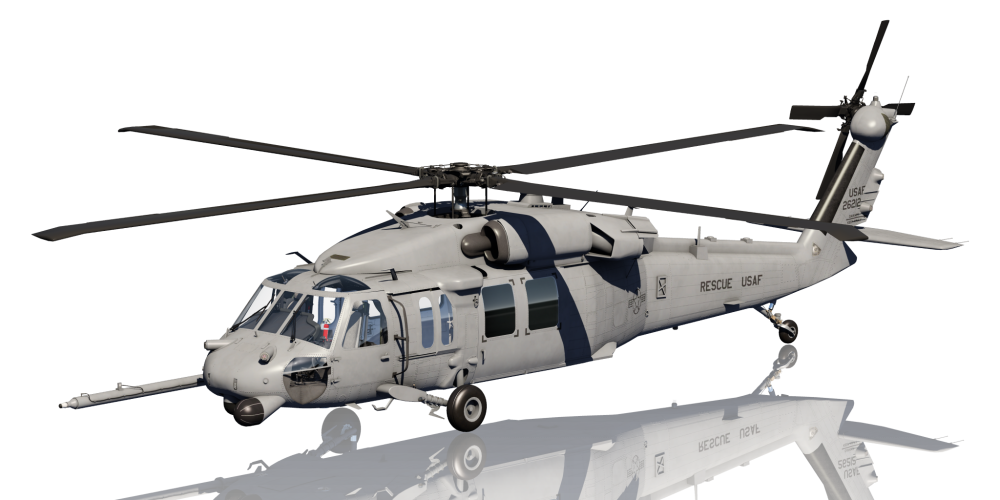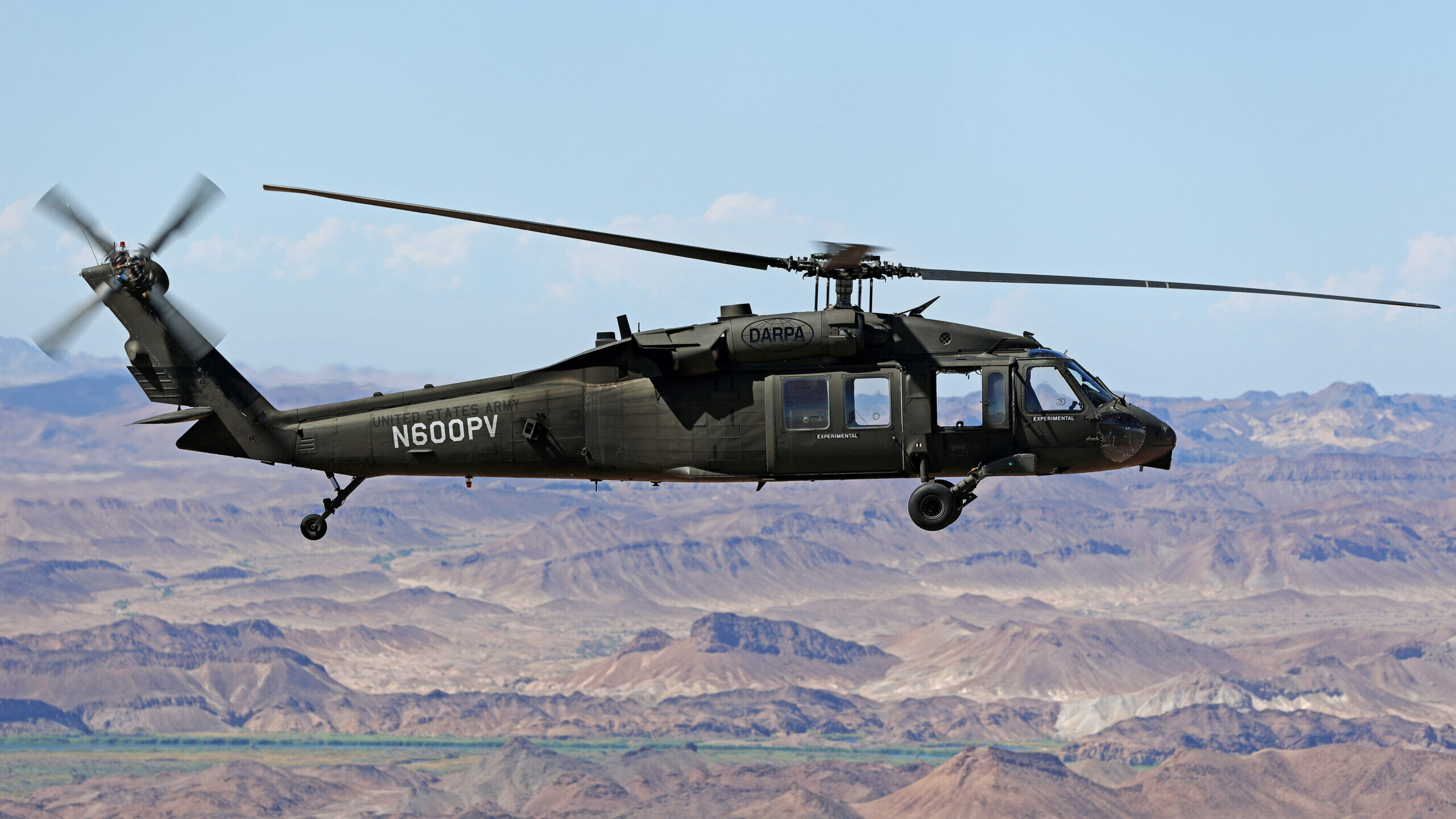The UH 60 and Its Payment to Airborne Workflow in Essential Goals
The UH 60 and Its Payment to Airborne Workflow in Essential Goals
Blog Article
UH-60: Advancements in Modern Helicopter Design
The UH-60 helicopter stands as a standard in contemporary aeronautics, showcasing significant advancements in layout and modern technology that provide to the developing demands of army operations. Its incorporation of innovative materials not just enhances efficiency but additionally addresses important safety issues. The combination of sophisticated avionics has transformed functional abilities, enabling for better situational understanding and decision-making effectiveness. As we explore the development and vital advancements of the UH-60, it becomes necessary to take into consideration how these growths influence not only present applications yet likewise the future landscape of helicopter design.

Development of the UH-60
The development of the UH-60 Black Hawk helicopter represents a substantial milestone in aerospace design and army air travel. Presented in the late 1970s, the UH-60 was created by Sikorsky Airplane to satisfy the USA Military's requirement for a versatile utility helicopter qualified of executing a selection of goals. Its design emphasized maneuverability, rate, and longevity, establishing new requirements for functional performance.
The UH-60 features an unique four-blade rotor system, which boosts lift and security, permitting it to run properly in varied environments. Its airframe is constructed from sophisticated composite products, adding to a reduction in weight while keeping architectural honesty. The helicopter's layout additionally integrates improved aerodynamics, which enhances fuel efficiency and boosts variety.
Over the years, the Black Hawk has actually undergone numerous upgrades to boost its abilities, consisting of boosted engines, progressed flight control systems, and modular systems for easy upkeep and adaptability. The helicopter's ability to carry out missions varying from troop transportation to medical evacuation has solidified its role as a foundation of united state military procedures. The UH-60 Black Hawk continues to be an archetype of just how technology in helicopter style can dramatically influence army performance and functional adaptability.
Advanced Avionics Solutions
Developments in avionics systems have actually changed the abilities of modern helicopters like the UH-60 Black Hawk, enhancing operational effectiveness and situational recognition (UH 60). The integration of innovative avionics enables enhanced navigating, trip, and communication management, making the UH-60 more functional in varied mission accounts
One of the key attributes is the innovative electronic cockpit, which utilizes multifunction displays that offer real-time information, guaranteeing pilots have immediate access to crucial flight details. This streamlining of info lessens pilot workload and improves decision-making processes throughout complicated procedures. Additionally, the consolidation of GPS and inertial navigating systems makes it possible for accurate positioning and path preparation, boosting objective implementation in tough environments.
Moreover, advanced avionics systems enhance communication capacities with protected information links and voice interaction systems, enabling smooth coordination with ground forces and other airplane. The assimilation of automated flight control systems additionally adds to enhanced security and control, particularly in adverse weather or during low-altitude maneuvers.
Engine and Efficiency Enhancements
Engine efficiency in contemporary helicopters has actually taken a substantial leap onward, driven by developments that boost performance, power, and reliability. At the forefront of these innovations is the adoption of even more powerful turboshaft engines, particularly those using advanced materials and modern technologies that make it possible for higher temperature level tolerances and raised thrust capabilities. The UH-60 Black Hawk, as an example, uses the T700-GE-701C engine, which features a dual-channel, full-authority digital engine control system. This system improves performance while enhancing fuel intake and decreasing upkeep demands.
In addition, the combination of engine health and wellness monitoring systems enables real-time diagnostics and anticipating upkeep, significantly improving functional integrity. These systems not only sharp crews to possible problems prior to they end up being vital yet likewise help with much more effective maintenance organizing, consequently reducing downtime.

Products and Structural Innovations
Recent developments in materials and structural design have changed contemporary helicopter building, improving both efficiency and toughness. The intro of advanced composite materials, such as carbon fiber enhanced polymers, has significantly reduced weight while maintaining architectural honesty. This change not only improves fuel efficiency however also increases payload capacity, permitting helicopters like the UH-60 to carry out more diverse goals.
In addition, technologies in light weight aluminum alloys and titanium components have actually added to enhanced resistance to corrosion and exhaustion, extending the lifespan of important airframe elements. The strategic usage of these products has actually brought about a reduction in upkeep demands and improved total functional readiness.

In addition, the assimilation of computer-aided design (CAD) and additive manufacturing technologies has actually enabled extra complicated geometries and light-weight structures, optimizing the wind resistant performance of helicopter styles. These improvements assist in quick prototyping and manufacturing, permitting suppliers to respond promptly to progressing goal requirements.
Security and Survivability Attributes
Safety article and survivability features in contemporary helicopter design have actually become critical, mirroring the boosting needs for mission performance in tough atmospheres. The UH-60 Black Hawk, a notable example, incorporates sophisticated innovations to improve crew and guest security. Among one of the most important advancements is the unification of crashworthy fuel systems created to decrease the risk of fire throughout impact. Additionally, the airframe is constructed with enhanced materials that absorb and dissipate energy, additional safeguarding residents in the occasion of a collision.
The helicopter likewise uses a ballistic defense system, that includes armored crew seats and vital systems shielding, lowering susceptability to small arms fire and shrapnel. Boosted situational awareness is achieved via sophisticated avionics and sensor modern technologies, permitting pilots to discover and prevent threats efficiently.
Moreover, the assimilation of redundancy in critical systems-- such as dual engines and numerous flight control channels-- ensures ongoing operation also if one system stops working. The UH-60 is geared up with advanced emergency flotation gadgets, improving survivability see this in water touchdowns. Collectively, these attributes not only enhance the safety and security of workers but additionally raise mission success rates in aggressive settings, showing the commitment to excellence in helicopter layout.
Final Thought
The UH-60 helicopter stands for a substantial innovation in modern aviation modern technology, incorporating innovative materials, sophisticated avionics, and robust security features. Its development mirrors a dedication to improving efficiency and operational performance while ensuring pilot and crew survivability. The integration of lightweight composites and progressed navigation systems highlights the helicopter's adaptability in different armed forces missions. Generally, the UH-60 acts as a benchmark for future advancements in helicopter style, symbolizing durability and versatility in modern military procedures.
The UH-60 helicopter stands as a criteria in modern air travel, showcasing considerable improvements in design and technology that cater to the progressing needs of military operations. As we explore the evolution and essential developments of the UH-60, it ends up being important to consider just how these developments influence not only present applications yet additionally the future landscape of helicopter layout.
Presented in the late 1970s, the UH-60 was created by Sikorsky Aircraft to satisfy the United States Army's need for a functional utility helicopter qualified of carrying out a range of Going Here missions. The UH-60 Black Hawk stays a prime instance of how innovation in helicopter style can dramatically influence army efficiency and operational versatility.
Overall, the UH-60 offers as a criteria for future growths in helicopter style, personifying strength and adaptability in contemporary army procedures.
Report this page